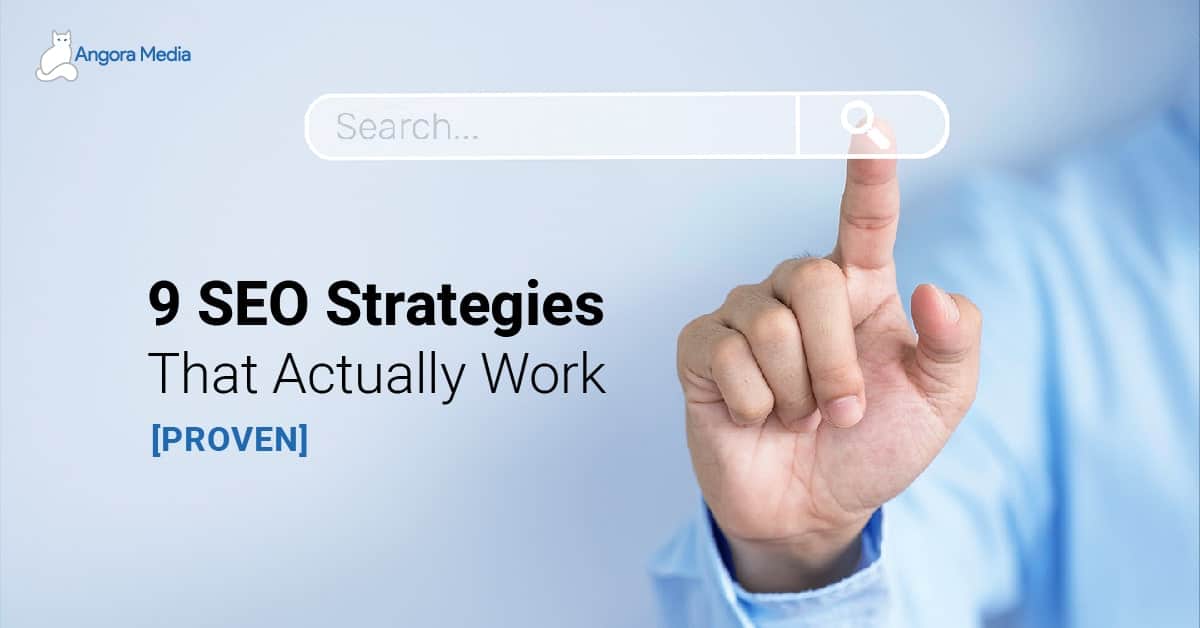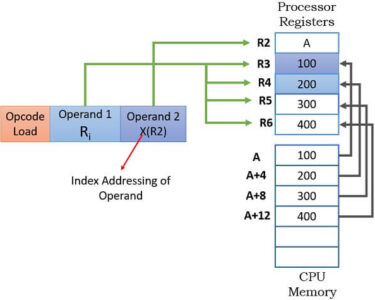
Handling and Responding to Malicious SEO Strategies
In today’s competitive digital landscape, malicious SEO strategies pose a significant threat to websites. These unethical practices aim to manipulate search engine results and damage a website’s reputation and visibility. It is crucial for website owners to be aware of these tactics and to have strategies in place to handle and respond to them effectively.
Common Malicious SEO Strategies:
- Negative SEO: Targeting a competitor’s website with low-quality links and other negative SEO tactics to lower its rankings.
- Link Spamming: Creating numerous low-value backlinks to a website to artificiallyinflate its backlink profile.
- Keyword Stuffing: Overusing keywords in website content, meta tags, and anchor text to manipulate search results.
- Cloaking: Displaying different content to search engine crawlers than to human visitors, misleading the search engine algorithm.
- Thin Content: Creating low-quality pages with minimal valuable content to attract search engine traffic.
Handling Malicious SEO Strategies:
- Monitor Your Website Regularly: Continuously monitor your website’s backlinks, search engine rankings, and traffic patterns for any suspicious activity.
- Identify Malicious Links: Use backlink analysis tools to identify low-quality or spammy links pointing to your website.
- Report Harmful Links: Contact the webmaster of the referring website and request the removal of malicious links.
- Disavow Bad Links: If the webmaster fails to respond, submit a disavow request to Google using Google Search Console.
- Monitor Search Engine Rankings: Track your website’s rankings for relevant keywords and identify any sudden drops or fluctuations.
Responding to Malicious SEO Attacks:
- Stay Calm and Assess the Situation: Avoid making hasty decisions. Gather evidence and consult with an SEO expert or digital marketing agency for guidance.
- Document the Attack: Keep records of the malicious links, search engine rankings, and any other evidence related to the attack.
- Contact Google: Report the malicious SEO attack to Google through Google Search Console or the Webmaster Help Community.
- Clean Up Your Website: Remove any low-quality content or links created by the attacker.
- Improve Your Website Quality: Focus on creating high-quality content, building natural backlinks, and optimizing your website following best SEO practices.
Prevention and Protection:
- Follow Google’s Webmaster Guidelines: Avoid violating search engine guidelines to minimize the risk of being targeted by malicious SEO attacks.
- Build a Strong Backlink Profile: Focus on acquiring high-quality backlinks from reputable websites to strengthen your website’s authority.
- Use Security Measures: Implement security measures such as SSL encryption and CAPTCHA to prevent unauthorized access to your website.
- Educate Yourself: Stay updated with the latest SEO best practices and malicious SEO techniques to protect your website.
By understanding malicious SEO strategies and implementing effective handling and response measures, website owners can protect their online reputation, maintain search engine visibility, and mitigate the impact of these unethical practices.


